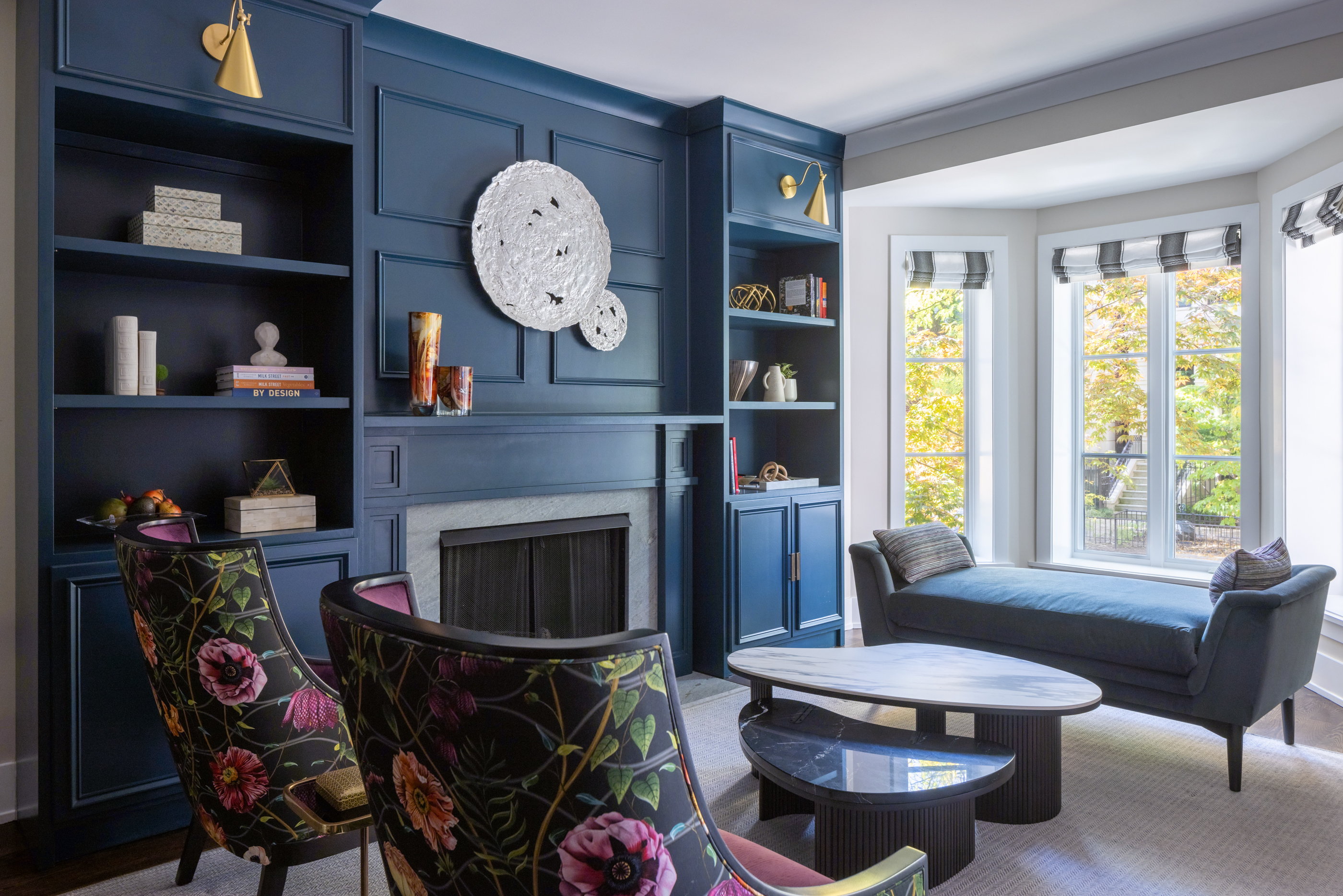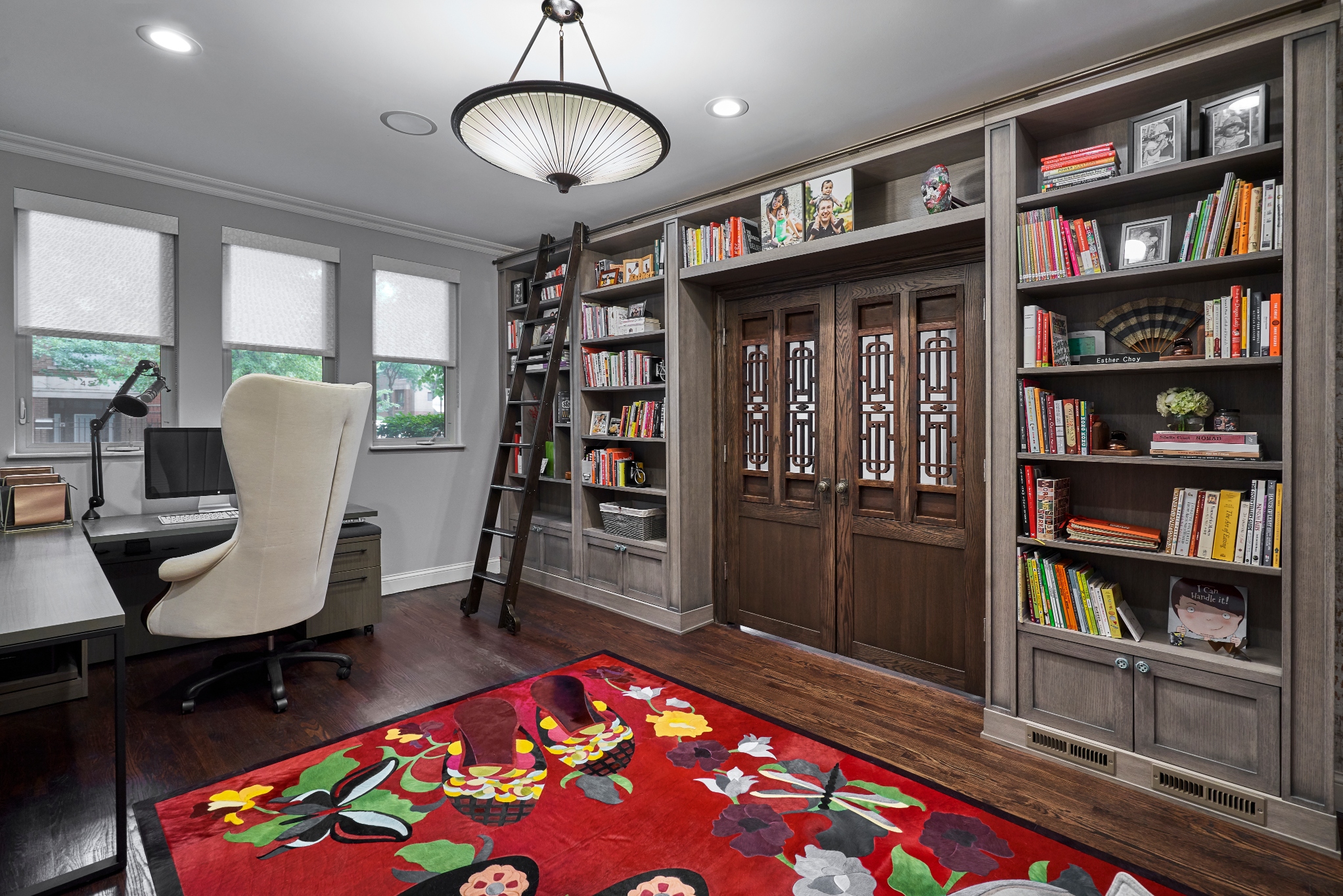
What if the spaces we live in are more than backdrops to our lives? What if they are the architecture of our identity?
Interior design has long been associated with style, comfort, and aesthetics, but at its core, it’s something far more profound: a tangible expression of who we are and who we aspire to become. Just as architecture shapes cities and the built environment, interior design shapes the private narratives of our lives. The design we experience within our home, work places, and third spaces quietly influences our sense of self, belonging, and our emotional well-being.
Walking into any home will tell a different story. From the worn leather armchair inherited from a beloved grandfather to the carefully custom made desk for a prolific writer and author, our interiors become repositories of memory and meaning. In this way, design becomes a kind of living autobiography written in materials, textures, details, and form.
For one of our recent clients, a writer, performer and actor, having a home that both reflected his aspirations and how far he had come was instrumental to our design. We thoughtfully curated an office space that allowed for both creative and focused energy. The living room, on the other hand, shared a different side of him. A mixture of warmth, softness, bold color paired with varying textures, hide, velvet, and soft leathers, created an inviting atmosphere that mirrored his character. Through thoughtful curation, we were able to embody the client’s aspirations through local Chicago art that exemplified ease and serenity. A home that reflects who you are can be a reminder of how far you’ve come as well as all the parts that make you who you are.
%2520(1).jpeg)
The Inner Landscape Made Visible
There’s a psychological dimension to interior design that often goes unspoken. When we say a space feels “authentic,” what we’re really responding to is its alignment with identity, values, and intentions. A serene, minimalist retreat may reflect a desire for clarity and control. A home brimming with eclectic collections might speak to one’s intellectual curiosity, a global mindset, or even an unquenchable sense of nostalgia.
With the rise of work from home and hybrid work environments, many of our clients had little time to make this important transition intentionally. One of our clients, a published author, had always worked from home but often found herself leaving her office to get her writing done. After much listening and discussion getting to know our client, we realized that her current office was not inspiring her writing process. Surprisingly to her, as the design process continued the more her heritage became a part of the design. She now felt at home in her office which allowed her to more easily access the elusive creative flow state.
The process of curating a home forces us to confront questions like: What do I need to feel grounded? What brings me peace? What am I ready to let go of? In answering them, we don’t just shape our spaces, we shape ourselves.

In this intimate work, interior designers act as translators. Our job is not to impose style, but to excavate meaning. We listen between the lines. In order to achieve that, we need to put our own interpretations aside and ask the right questions to reveal to the path we should take.
But this is not a static process. Given my years of experience, I tend to think we should reassess our homes and environments every decade to revisit our design needs. Not because something is out of style but more importantly because we tend to change and evolve in that period of time. Life happens. Our kids grow up, our families, jobs change, etc. , which means the architecture of identity is never fixed—it’s a living structure, always under revision. However, our process is unique in that we establish a shell in our designs that are stable and are the real investments in our spaces while the items in the spaces can change and evolve. A well-designed home holds space for that evolution. It allows its occupants to expand into new versions of themselves without losing the throughline of who they’ve always been.
